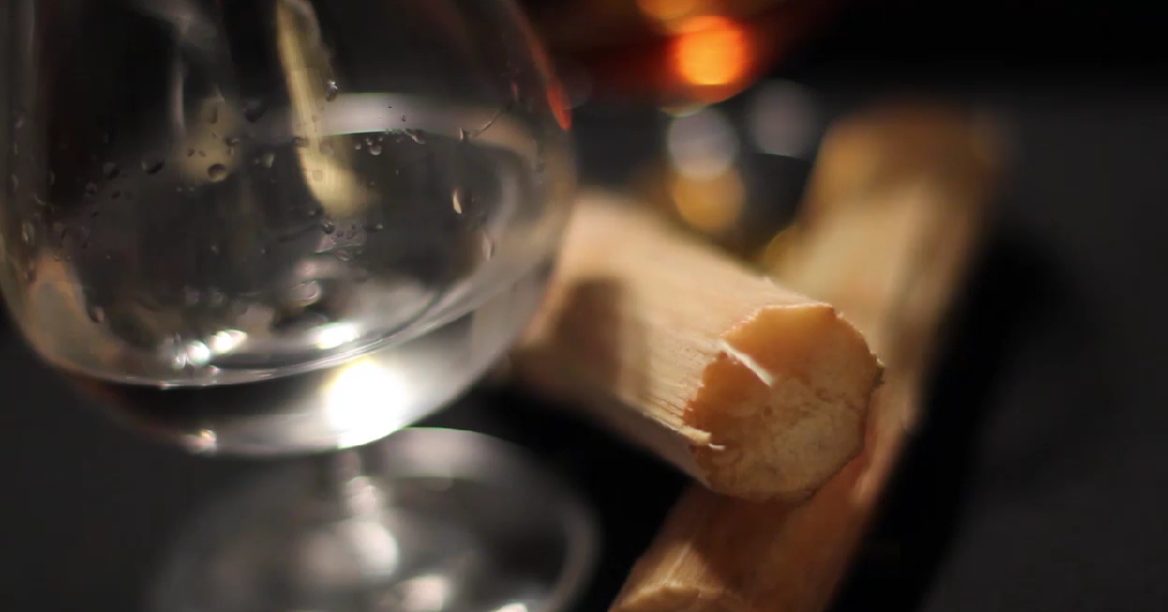How Rum Is Made

Before we go through the process of how rum is made, you need to know that the first distillation of rum, as we know it today, took place in the 17th century in the Caribbean. Meanwhile, an earlier version of rum known as “Brum”, was being produced by the ancient Malay people thousands of years ago. Along with this, in the 14th century, Marco Polo recorded that he tested “a very good wine of sugar” when he was in Persia, which today is Iran. Today, rum is a sweet, tropical spirit, that is associated with beachside cocktails and beautiful, warm sunsets. Rum is also known for its best use in a variety of cocktails, long drinks, and shooters, and has flavors from exotic fruits, exotic spices, and even fragrant flowers.
When talking about how rum is made, the most important thing to understand is that there is no defined method of production. This is because rum is made on traditional styles which are all different and depend on where it is being made and who is making it. All rums are made either molasses, which is a syrupy substance that is left over once the sugar has been refined, or sugarcane juice. These are then fermented to create what is known as sugarcane wine. This sugarcane wine is then distilled many times to create the spirit rum.
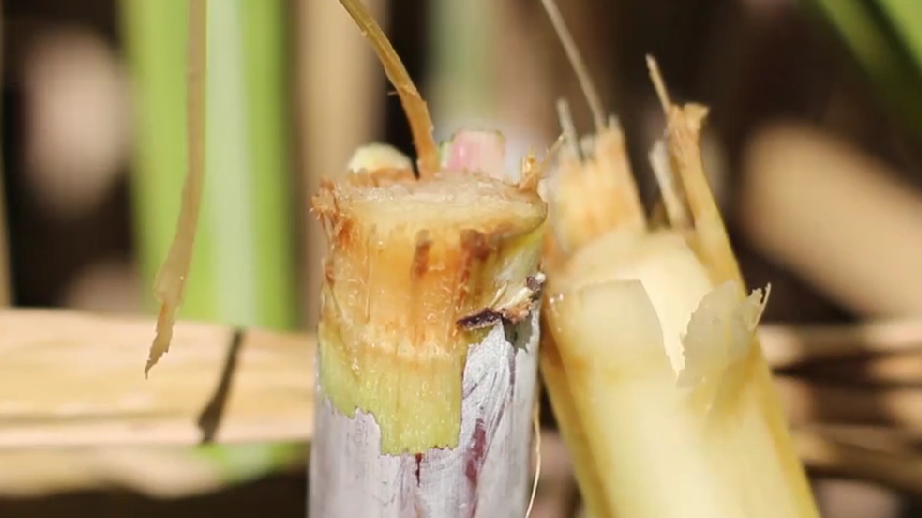
When it comes to the color of rum, most are clear and colorless. These types are unaged rums, that don’t spend time in a barrel and because of this, are very strong and harsh in their flavor. When rums are placed in a barrel for aging, they will spend anywhere between one year to 15 years in a barrel. It is during this maturation process that they will get the rich golden color and flavors from the oak. The last thing you need to know about how rum is made is blending. Another way to think about blending is to think about mixing. By mixing two things and making them one new thing, you are blending. When it comes to rums, blending can be done either by filtering, which removes any color from the aging process, or by adding other ingredients, such as caramel to the final product.
Styles Of Rums
Demerara Rum

This style of rum comes from the country Guyana and is named after the mighty Demerara River which runs through the city, Interestingly enough, there is only one rum distillery in the whole country and it produces all of the Demerara-style rum. Demerara rum has been produced since the 17th century and when it comes to the character of this rum, it is just like the mighty river, slow, rich, and mellow. Demerara Rum is typically produced using traditional pot stills, which contribute to its rich and complex flavor profile. The production process often involves aging the rum in oak barrels, allowing it to develop its distinct taste over time. They have flavors of tropical fruits, dark rainforests, and undergrowth.
Naval Rum
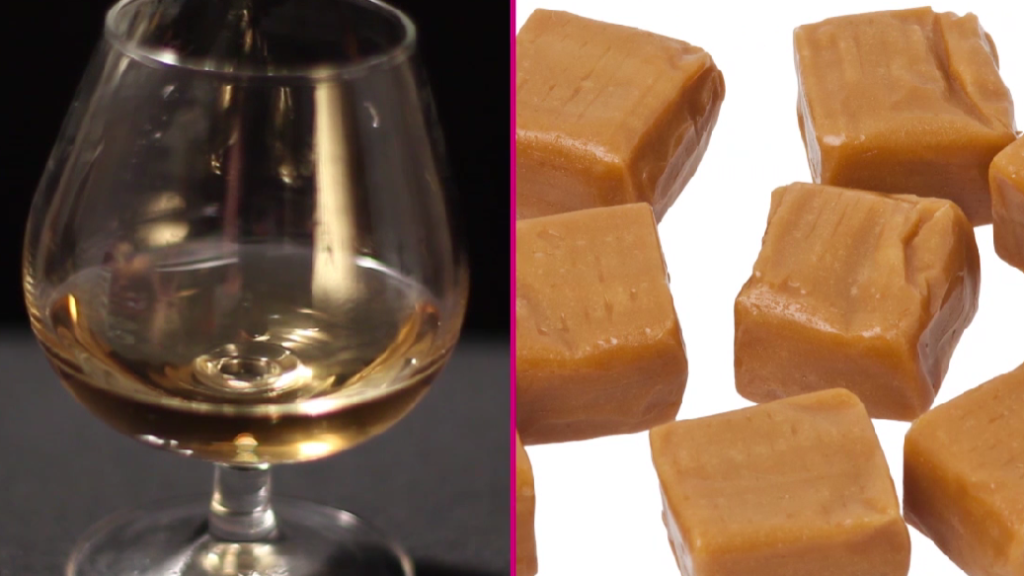
Naval and navy rum is a style of rum that was originally blended for the British navy during a time when the navy would serve a tot a day to its entire fleet. Naval rum holds a special place in history and culture, symbolizing the camaraderie and traditions of life at sea. While no longer a standard provision in modern navies, the legacy of naval rum lives on in stories, traditions, and the occasional commemorative events held aboard historical naval vessels. The main ingredient in this blended style of rum is Demerara rum and often some caramel is added to darken the color and give it a slightly burnt taste.
Cuban Rum
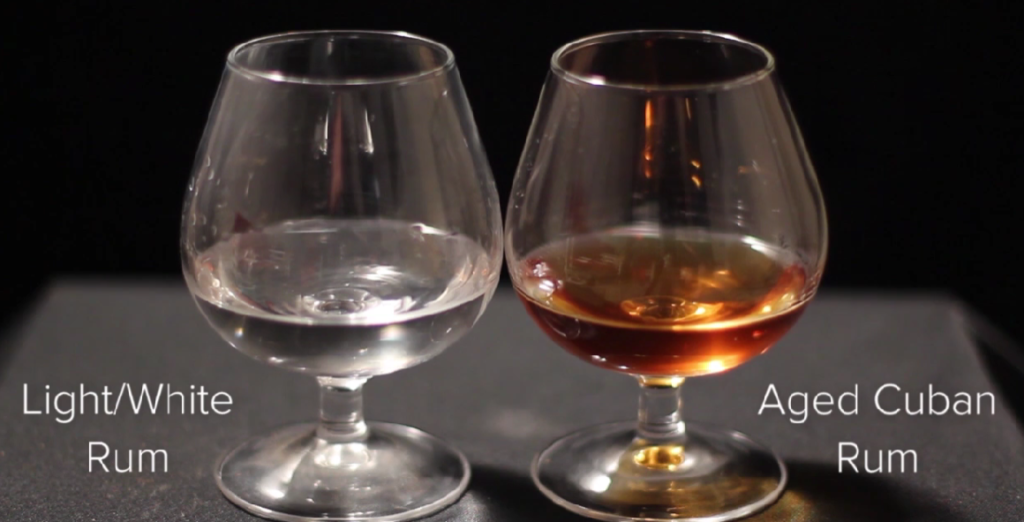
Cuban rum is made in Cuba and falls into two separate camps with the first being light white rums and the other being aged Cuban rums. Rum production has a long history in Cuba, dating back several centuries. Sugarcane cultivation and rum distillation became integral parts of Cuban agriculture and economy during the colonial period. Cuban rum is typically made from sugarcane juice or molasses, which are fermented and then distilled. The use of high-quality sugarcane and the expertise of Cuban distillers contribute to the unique taste and character of Cuban rum. It is law in Cuba that rum must be aged for a minimum of two years before it can be called rum or “Ron”. The main characteristics of all Cuban rums are the strong citric flavors which come with a dry finish.
Jamaican Rum
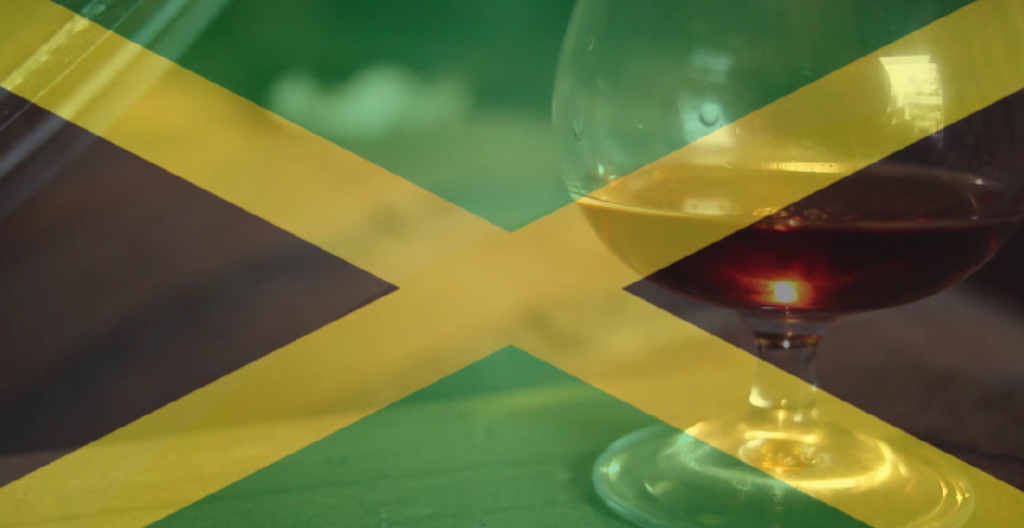
Jamaican rum is a type of rum produced in Jamaica, an island nation in the Caribbean known for its vibrant culture and rich history. Jamaican rum has distinct characteristics that set it apart from other rums produced in the region. This rum is exactly like life in Jamaica, fair and containing a bit of punch. They generally remind you of truffle oil, leather, or waxiness. Jamaican rum often goes through a longer fermentation period compared to other rums, which allows for the development of unique flavor compounds and esters that contribute to its distinct taste profile. The use of high-quality molasses or sugarcane contributes as well to the rich and aromatic flavor of Jamaican rum. This rum goes as well into the aging process in oak barrels on which he gets the additional flavors and complexity.
Rhum Agricole
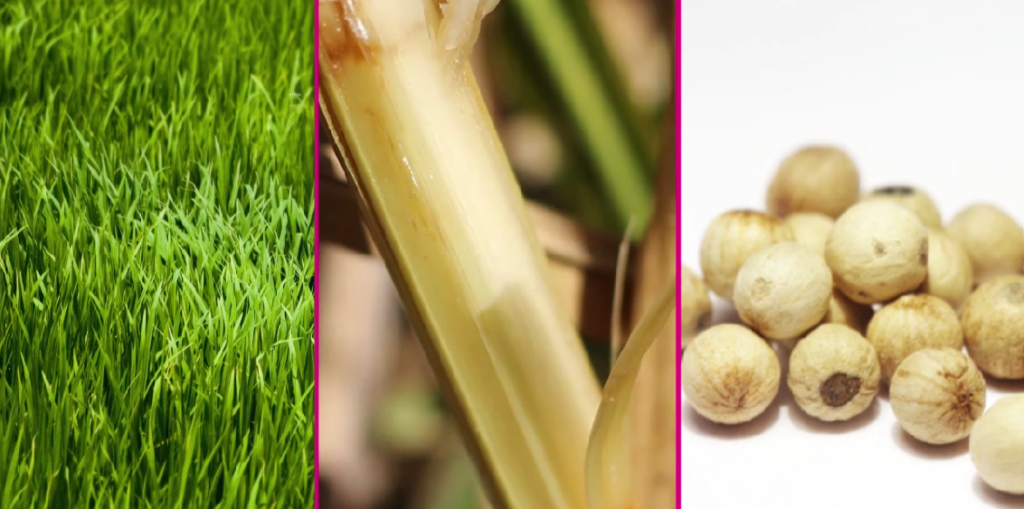
Rhum Agricole is a style of rum that originated in the French Caribbean islands, particularly Martinique and Guadeloupe. This is a very important style of rum that is made from sugarcane juice. These rums have a very distinctive vegetal aroma and resemble cut grass, wet cane, and white pepper. These aroma descriptors, along with others such as floral, herbal, and fruity notes, create a layered and complex sensory experience that sets Rhum Agricole apart from other types of rum. It’s this unique combination of flavors and aromas that makes Rhum Agricole a favorite among rum enthusiasts looking for something distinctive and authentic.
At the end of this post, you will be able to tell how rum is made and know some of the main styles of rum.
All the images in this post are not copyrighted while some are from Pixabay and Pexels.com (free commercial usgage) and the rest are taken by the author of this post.
Share this content:
